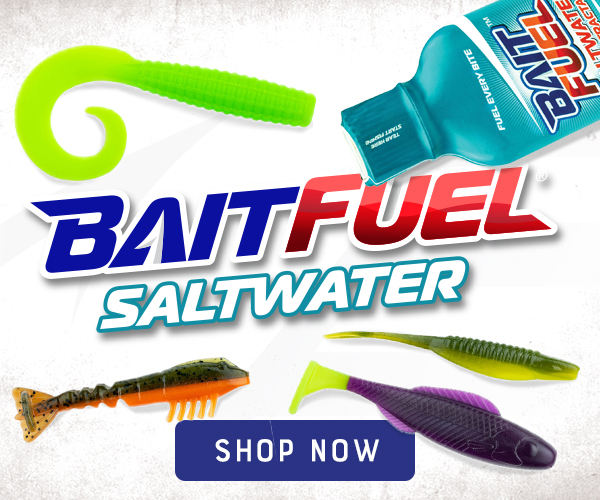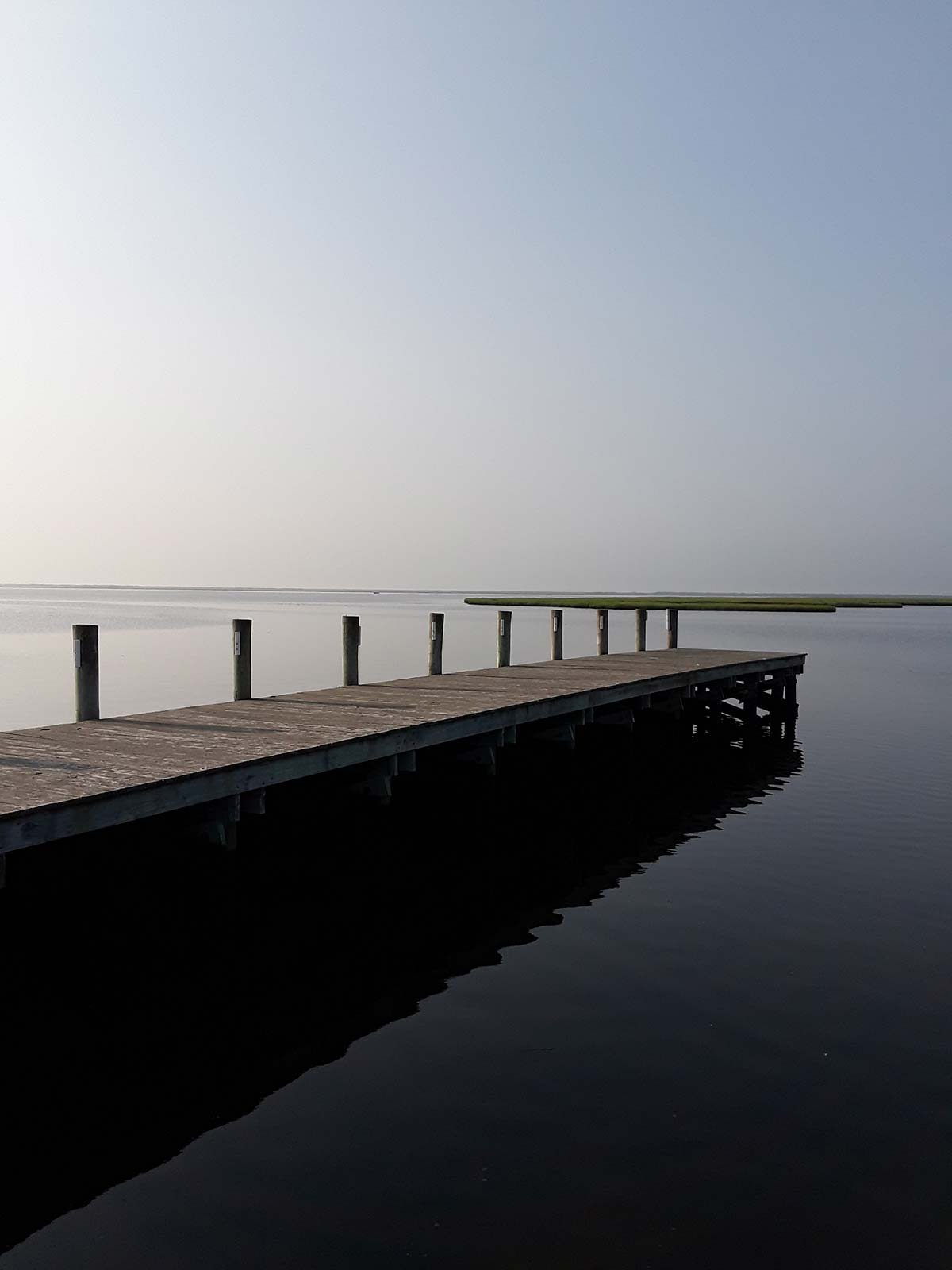
Work the docks for a late-summer and early-fall fluke bite.
Late summer and early fall are great times to get out and do some light tackle fluke fishing in the bays that run along Long Island’s South Shore. Baitfish in the form of spearing, grass shrimp, peanut bunker, killies, and snappers are all fair game for the aggressive summer flounder. Cooler nights are starting to get all these players schooled up. Fluke that have remained in the bays during the summer are slowly starting to feel the urge to migrate out and are looking to fatten up before their exodus. It’s a nice time of year with great weather, and getting out to hunt fluke is a lot of fun, especially at locations like local South Shore docks.
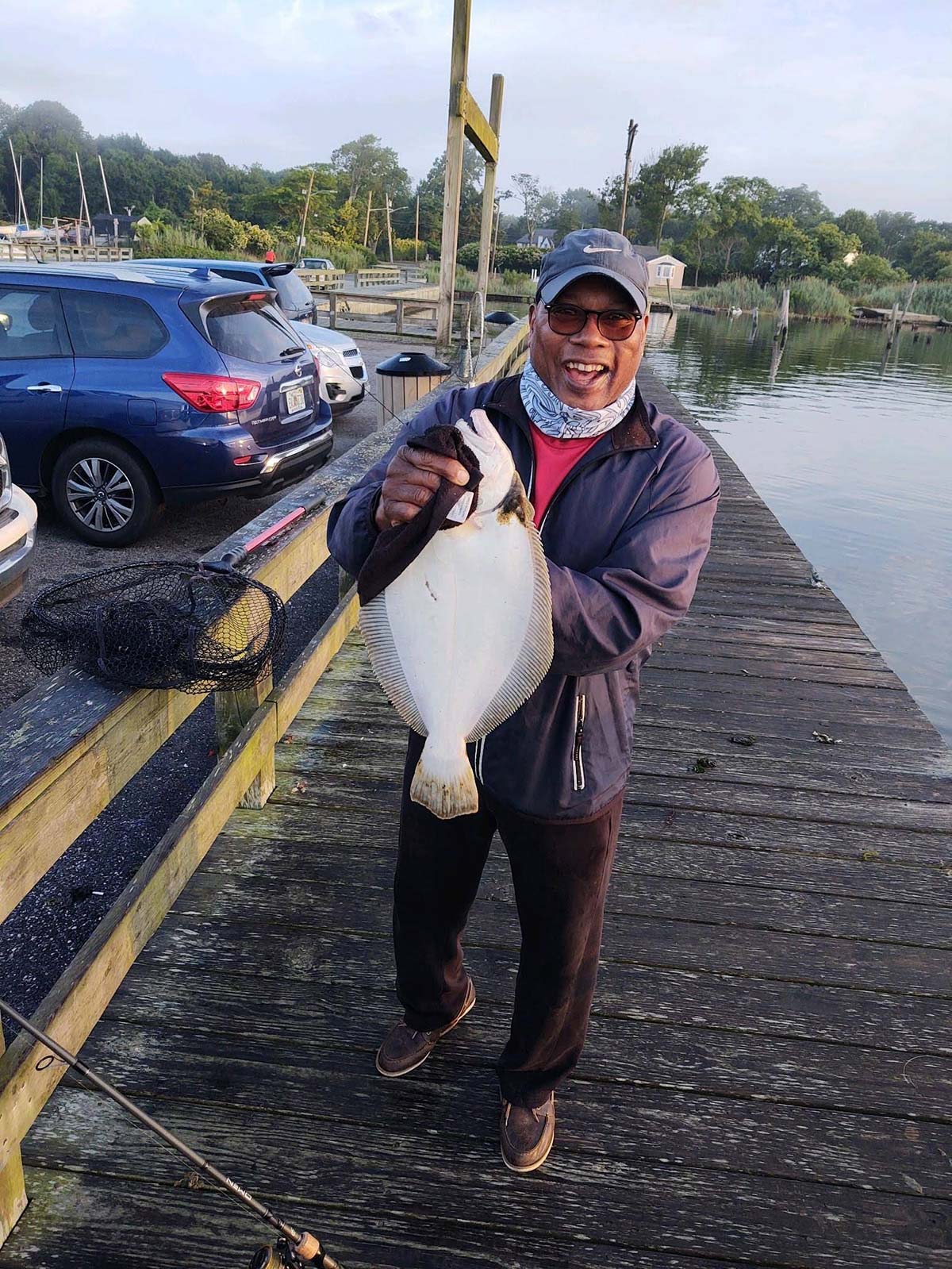
Easy Acess, Easy Fishing
If you don’t have access to a boat, no worries because some very good fishing can be had off the many docks, piers, and marinas that dot the bays. Most of these manmade structures harbor a lot of forage for the fluke to feast upon. Some respectable-sized fish are caught every year off of these locations.
Any area along Long Island’s South Shore Bay system that has docks is worth prospecting. Whether it’s in rivers, bays, and channels, check out your local area and give the fluke a shot. I like to concentrate my fishing around Great South Bay and Moriches Bay.
The most enjoyable part of this type of fishing is the use of light spinning tackle to present natural and artificial baits that match the resident baitfish. Light action 6 or 7-foot rods matched to reels with 8 to 10-pound test braid will be all that is needed to cast these offerings to the aggressive predators that are hunting the shallows.
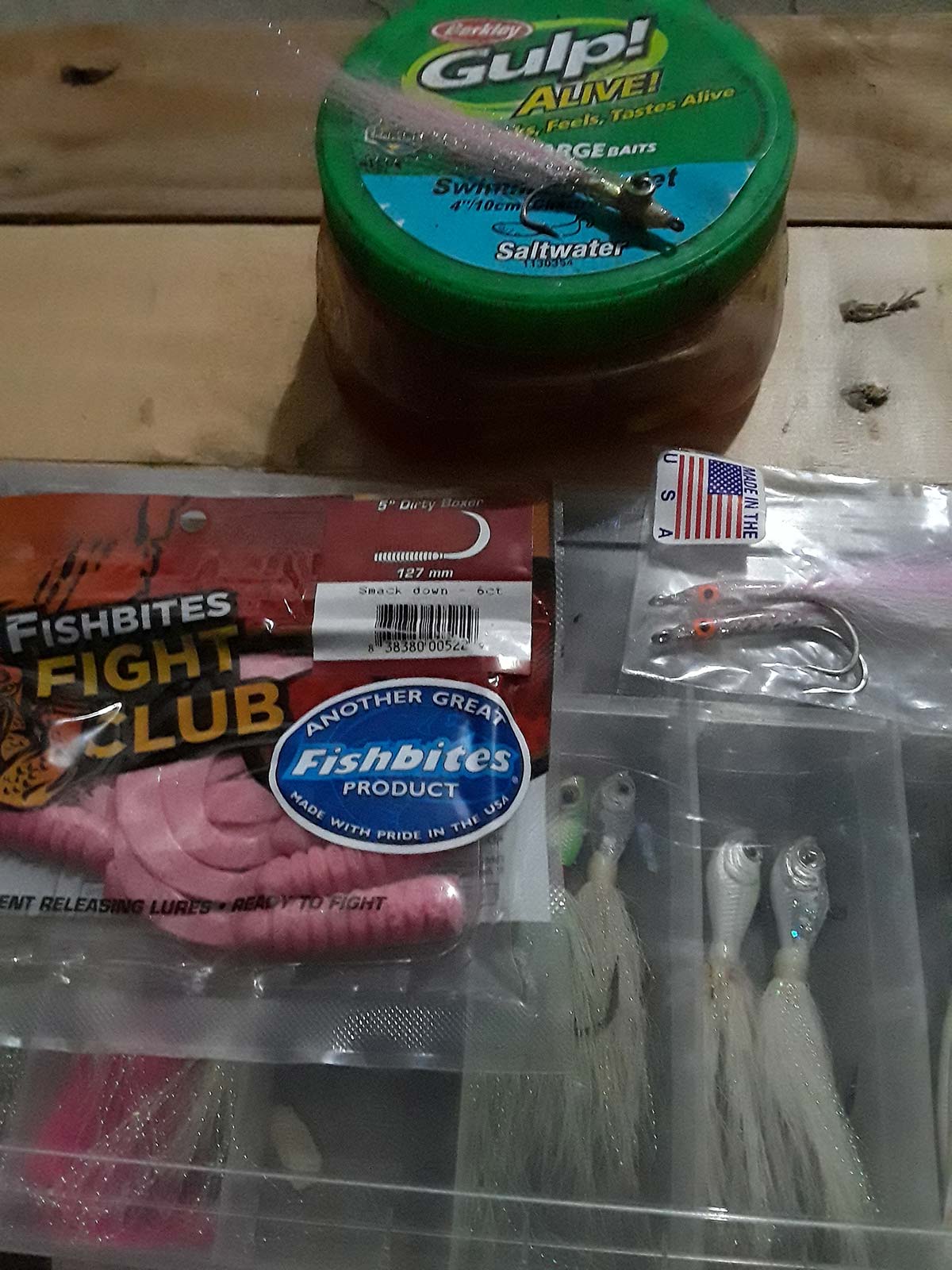
Rigs & Baits
| THE NIGHT BITE |
| Another option that you can take advantage of is fishing these areas in the evening and into dark. Fluke will be active after dark, which might be a surprise to some. I have taken them on swimming plugs by mistake well after dark while bass fishing the beach. If the docks are lighted, it will draw in baitfish and predators alike. So if possible, try the lighted areas for a nighttime fluke bite. |
Your choices of lures should include small bucktails in various colors from 1/4 to 1/2 ounce. My personal preference is the Spro models in white, pink, chartreuse, and some in a natural brown. The pink and brown, I feel, represent the shrimp that run along the bulkheads. Plain jigheads in the same weights with Gulp and Fishbites grubs will work very well in these locations. Also, tote along a couple of 1/4 to 3/8-ounce tins like Kastmasters and Krocodile spoons, as these will sometimes trigger hits when there are small snappers and peanut bunker around. I also have a few soft plastic minnow baits, such as the Bass Assassin Finesse Fish and Power Bait Shiners handy in my fluke bag.
At the terminal end, I use a 3-foot leader of 15-pound fluorocarbon or monofilament and a small snap for easy lure change. The addition of a teaser attached to a Dropper Loop about a foot above the snap can pay off big time. Feathered teasers in pink, white, and black can really get the fluke excited. Small clousers work really well as teasers as well as a bare hook baited with a Gulp or Fishbites grub. As far as natural baits, fresh local spearing, and live killies will work great. Sometimes fluke want the real thing, and it could be a good idea to have some real meat on hand. Tipping your bucktail with a spearing by hooking it through the eyes or from the bottom jaw and through the head will get many hits. A plain jighead with a single live killie is another great way to present the fluke with a tempting offering.
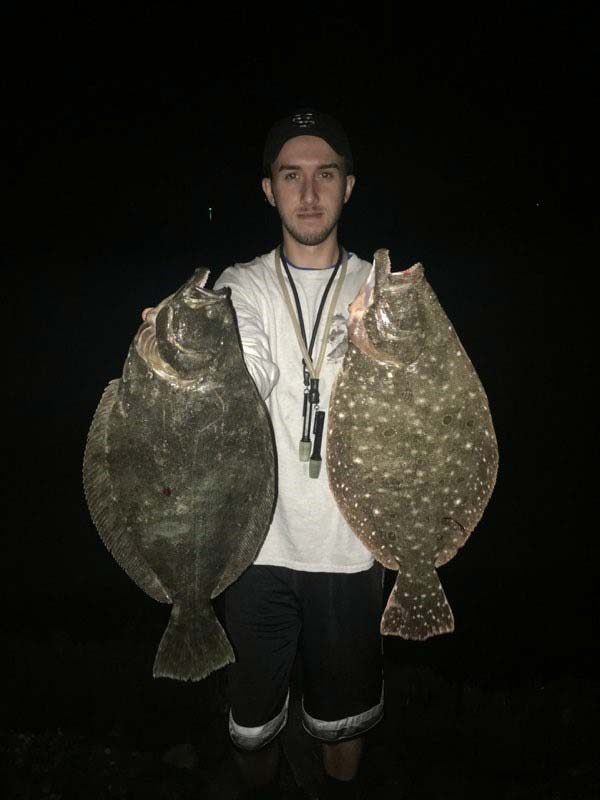
Working The Dock
When working these offerings, try to vary the retrieve speed and the jigging actions until you zero in on what is working on any given day. Fluke, like many other species, change feeding habits and aggressiveness. Sometimes a faster jigging motion will spark them to strike, while other times, slowly dragging it along the bottom will reap the rewards. Part of the fun is figuring their behavior out. I’ve seen fluke on several occasions chase bait to the surface and also follow the lure or bait right up to the top.
| SOUTH SHORE LOCATIONS |
| UNION AVE DOCK IN CENTER MORICHES This is very fishable dock that produces some really nice fluke. There is a creek flowing out on the east side and has good current flow and holds a lot of bait in the early fall. CRANBERRY AVE DOCK IN MASTIC BEACH
OSPREY PARK DOCK IN MASTIC BEACH
SAYVILLE MARINA
PATCHOGUE DOCKS
CAPTREE BOAT BASIN MARINA AND OVERLOOK PIER |
Locations to concentrate your casts would be any drop-offs or channel edges that are nearby. Many marinas have dredged channels, which are areas where the fluke will set up for the ambush. They also will set up in front of river or creek outflows which spill out baitfish. Many docks are situated in such areas. Working these spots on an outgoing current is a good bet.
When fishing these docks, one place not to neglect is directly down along the bulkhead. Fluke will be right up in there picking off grass shrimp at times, so working that area can pay off with good results. If room allows, try to walk the lure along the bulkhead with quick jigs. You would be surprised at the amount of fish that nudge their way up to the bulkhead of the dock. Also, don’t forget a landing net long enough to reach the fish. Losing a lunker fluke can be heartbreaking! Trust me, I know how it feels.
In general, the higher stages of the tide will be your best bet. Look for any other structure in the form of pilings and even around docked boats. They will give baitfish cover, and the fluke will be waiting for them to make a mistake. I like to time my fishing to early morning or late afternoon if I can. There will be less commotion around, but any time during the day will produce.
Many of these piers and docks are in easy access for anglers and can provide some really good fishing. They can be hit before or after work for a couple of hours, or you can make a day of it, stopping at several different ones. The added bonus of some nice fluke fillets rounds out the fun and makes for a great meal.
